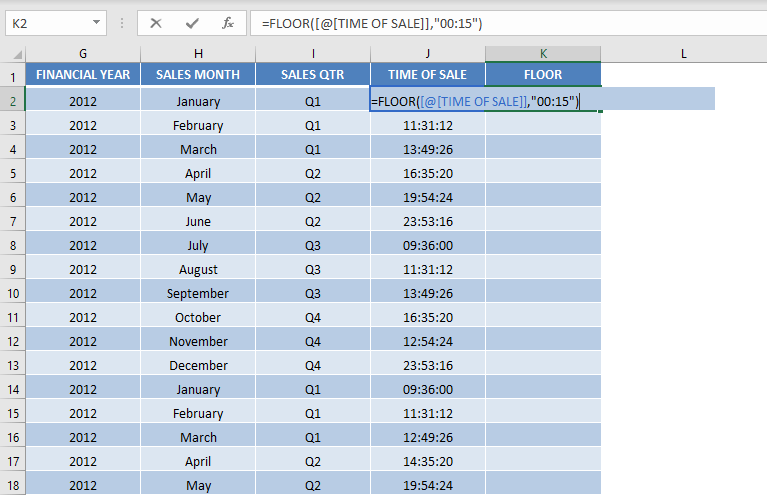

- #How to set up intervals in excel pivot chart how to#
- #How to set up intervals in excel pivot chart update#
- #How to set up intervals in excel pivot chart full#
#How to set up intervals in excel pivot chart full#
Click Ok and rest safe in the knowledge that your pivot will always look at the full range of data.Īre you copying the file from location A to B and then opening from B? or are you copying data from the file in A into a new file in B?.Overwrite the Range: with the name of your range, in my case DATA.Having set up the Dynamic range it is now time to adjust your pivot table so that it is now based on the new named range: COUNTA counts all the non empty cells so you should also confirm that Column A doesn’t have empty cells, you could however refer to a different column if that held complete data.It is good practice to start your source data with headers in cell A1, if you don’t you will have to amend your formula to reflect any extraneous rows before the data starts.Which will start in the top left hand cell (A1), and then reference a range which is COUNTA(Sheet1!$A:$A) rows high and 4 columns wide. Here is a visual example to illustrate how the OFFSET function works = OFFSET(Starting or Reference Cell, Rows Down, Columns Right, Height, Width)Īll of the inputs above can be number values (except the reference cell) or can refer to cell locations. The OFFSET function has the following syntax:

It’s a really useful formula for setting up dynamic ranges as you can vary the height and width on the result of another formula, in our example above this other formula is COUNTA which sets the height. The OFFSET function returns a range based on a given starting point with a specified height and width (no of cells). This is based on the powerful OFFSET function. You could just as easily create a new name for your data range and then use the formula below: Formulas > Name ManagerĪs I’ve already set up a Named Range and imaginatively called it DATA, I can just amend the formula for this range. If we want to make our named range dynamic we can no longer work with the Name Box so we have to shift to the Name Manager. Making the Named Range Dynamic with the Offset Formula You can use the Name Box to select the named range as well. It’s fairly easy to do, just select the range and then type the name in the Name Box. Naming a range is relatively easy and when you use the name rather than the reference in a formula it really aids the understanding of the formula.
#How to set up intervals in excel pivot chart update#
You can update this by clicking on the Pivot Table and then choosing Options > Change Data Source, but it’s an additional task to remember and if you have multiple pivot tables pulling from the same data range it is quite time consuming. Refreshing the pivot table will not pull in the extra days data as the data range is still fixed. Here is the same table with an additional week’s worth of course attendance data added. This is fine until you come to add more data.

In the example illustration, that is: Sheet1!$A$1:$D$11 This generates the following dialogue box with a fixed Table/Range defined by an Absolute formula. Typically, when you build a pivot table, you select any cell in your data range and choose INSERT > Pivot Table. This can be a huge time saver and helps to protect against inadvertent errors that result when pivot tables draw from only part of the data source.
#How to set up intervals in excel pivot chart how to#
This Excel tutorial shows you how to create pivot tables based on a dynamic named range that will expand as you add additional rows of data.


 0 kommentar(er)
0 kommentar(er)
